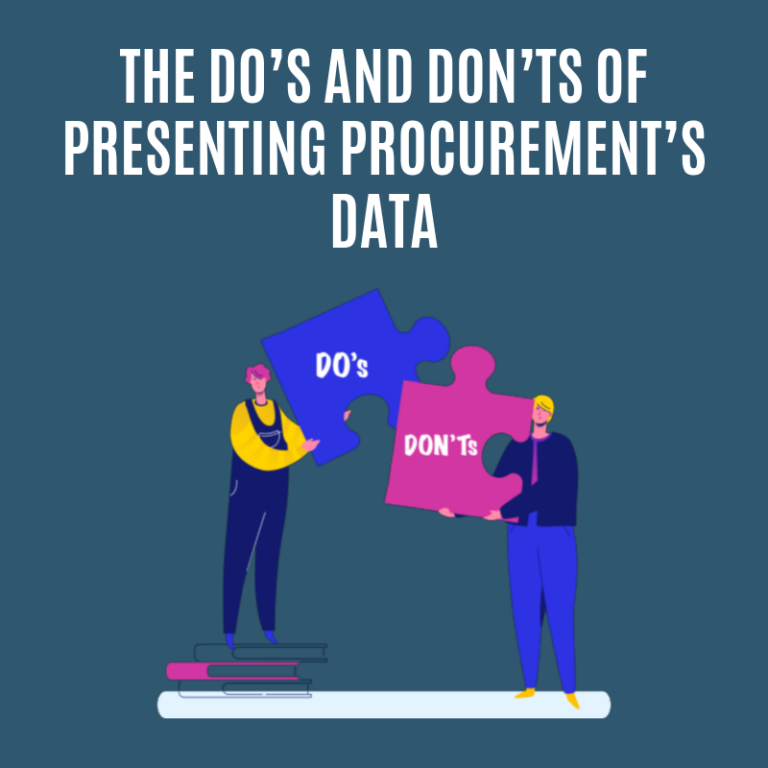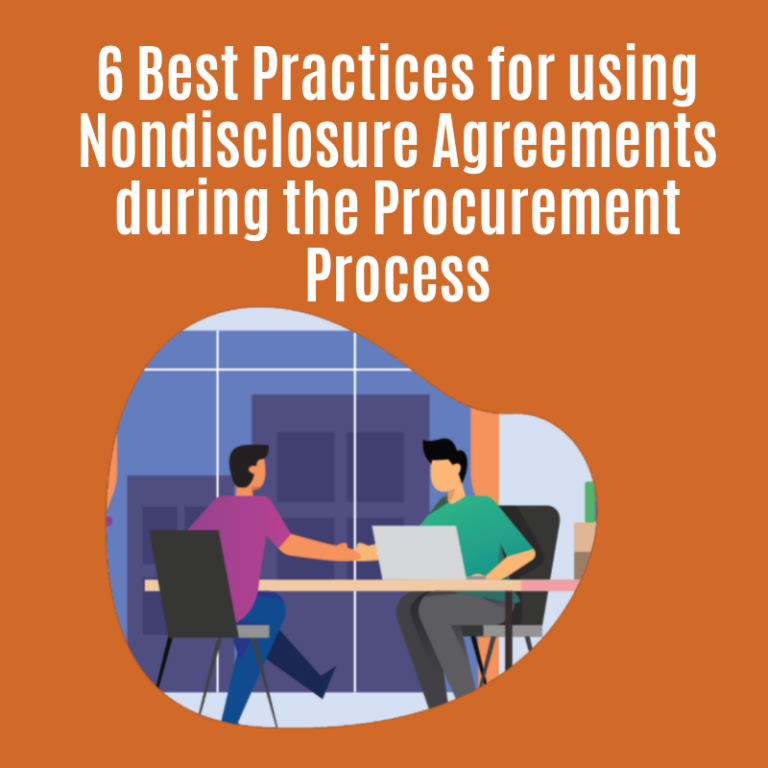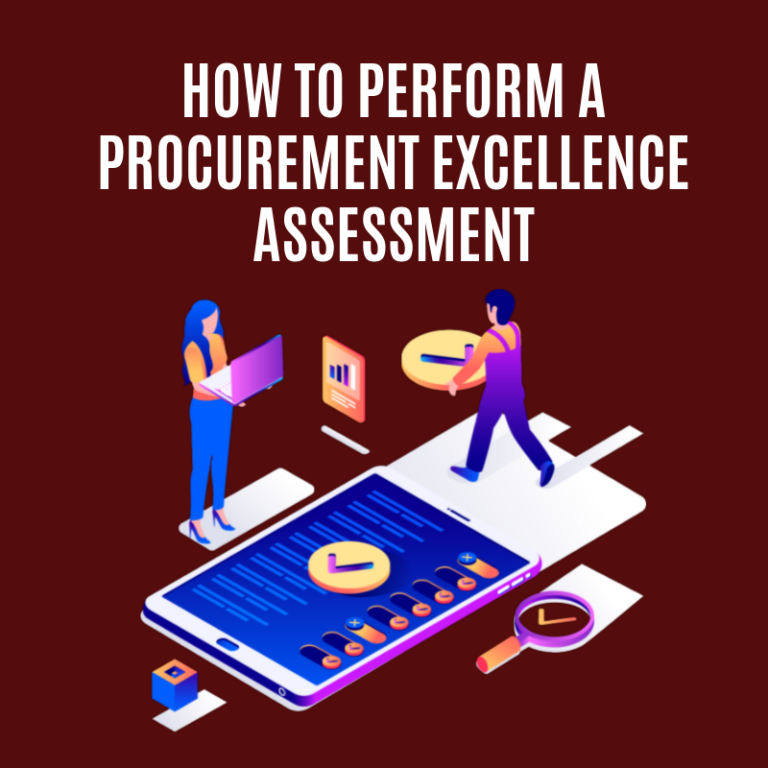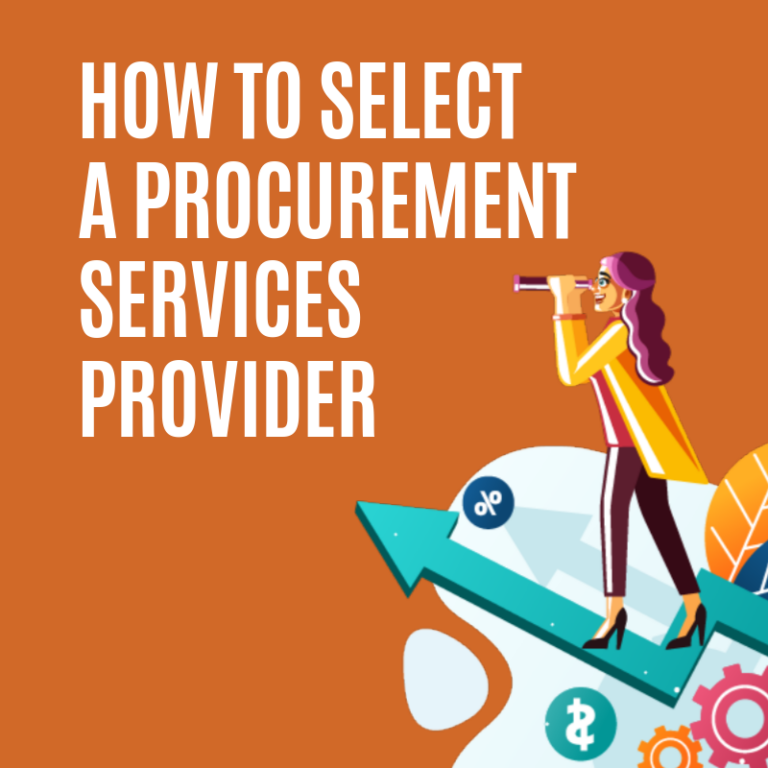Today, we had the privilege of attending the “Open Budget Survey 2017: Global Release Event” held at the World Bank. One may ask how vendor management relates to the transparency of budgeting for countries and question our reasoning for attending such an event? That’s a great question. Here’s why.
The Open Budget Survey scores various countries across multiple key factors to provide an understanding to the residents of each respective country on how their hard-earned money is being divested within the governmental system.
If you apply this same logic at an organizational level, it’s so critical that any organization has the ability to evaluate how it’s hard earned money is being divested with the companies it hires to deliver mission-critical goods and services – its vendors.
But identifying the key factors associated with vendor effectiveness isn’t easy. So that’s why we created a vendor management framework to support the process. Our framework embodies the same qualities as those displayed in the Open Budget Survey, and allows organizations to begin their journey down a straightforward route to establish transparency when it comes to vendor management. It is important to understand how vendors work with various types of organizations, how each vendor is paid, how long an agreement is valid, and how to establish key performance indicators to measure the financial and operational health of an organization.

Let’s take our framework and apply it on a macro level:
The survey hits on multiple facets represented across our own framework. Some of the key points from the conversation included the need for oversight and optimization of accountability, governance, and how to effectively integrate the accountability of the budget as is the country’s responsibility to its people.
Improvements in transparency and reporting practices in countries such as Georgia, allow such countries to maximize its budget and help reduce its overall poverty and unemployment rates. This concept of transparency and proper budgeting can be translated to any organization across a variety of industries. An increase in open oversight within an organization has the power to enhance the efficiency of a vendor relationship.
Overall, drawing a correlation between a country’s budget and that of an organization’s proved to be a very interesting exercise. We are all looking for industry success and Vendor Centric’s model is applicable to any sector across the many different levels.
Want to learn more about our framework? Book a time with me to practice a different approach to vendor management and to see how it can be applied to your organization.

 Tom is a trusted advisor on procurement and third-party management to organizations across the United States. Having worked with over 120 organizations over his 30-year career, he has a unique ability to bring creativity and discipline to finding solutions for even the most complex challenges his clients face.
Tom is a trusted advisor on procurement and third-party management to organizations across the United States. Having worked with over 120 organizations over his 30-year career, he has a unique ability to bring creativity and discipline to finding solutions for even the most complex challenges his clients face.



